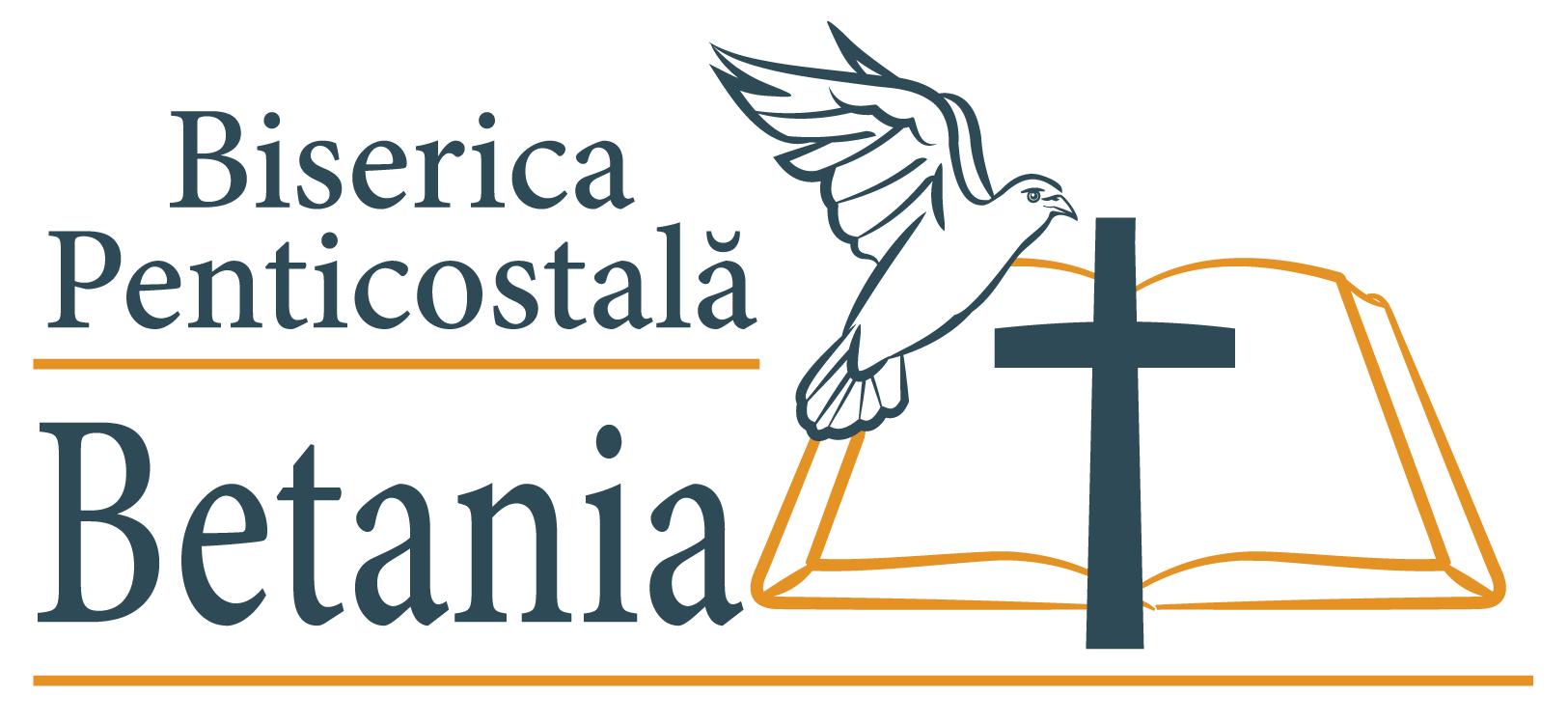5 aprilie
5 aprilie
Miercuri, 5 aprilie 2023, Levitic 2:1-16 – Jertfele de mâncare
Jertfa de mâncare se referă la grâne și cereale, în mod special la grâu sau orz, amestecate cu ulei de măsline peste care se punea tămâie. Această jertfă trebuia să fie fără aluat și fără miere, însă neapărat să fie cu sare, sarea fiind semnul legământului cu Dumnezeu (v. 13).
Închinătorul care aducea jertfa o pregătea acasă și apoi o aducea preoților (v. 2, 8). Preotul ardea pe altar o parte din jertfă (v. 2, 9), iar ce rămânea o lua acasă pentru hrana familiei (v. 3, 10). Preotul care oficia avea dreptul să ia din tot ce se cocea sau gătea într-un vas sau într-o tigaie. Tot ce era amestecat cu ulei şi tot ce era uscat aparținea celorlalți preoţi. Închinătorul care aducea jertfa nu primea nici o parte din ea.
Jertfele de mâncare erau aduse în următoarele situații:
1) ritualurile de curățire după încheierea unui legământ de nazireat (Numeri 6:15, 19);
2) după ritualul de curățire a unui lepros (Levitic 14:10, 20-21, 31).
Prin comparație cu jertfa arderii de tot care era arsă în întregime pe altar (1:9), ce rămânea din jertfa de mâncare era dată pentru hrana preoților. Jertfa de mâncare reprezintă o imagine a Domnului Isus Cristos ca Om desăvârșit, așa cum El L-a glorificat pe Dumnezeu în timpul existenței Sale pământești.
Începem rugăciunea în această dimineață mulțumindu-I lui Dumnezeu pentru belșugul de care ne-a făcut parte până în prezent. Apoi continuăm să ne rugăm pentru desăvârșirea vieții personale și pentru mărturia vieții noastre în fața oamenilor.
Pastor Luigi Mițoi
Wednesday, April 5, 2023: Leviticus 2:1-16 – The Grain Offerings
The grain offering refers to grains and cereals, specifically wheat or barley, mixed with olive oil and topped with frankincense. This offering was to be made without yeast or honey, but it must always include salt, as salt was a sign of the covenant with God (v. 13).
The worshipper who brought the offering would prepare it at home and then bring it to the priests (v. 2, 8). The priest would burn a portion of the offering on the altar (v. 2, 9), and what remained would be taken home by the priest as his family's food (v. 3, 10). The officiating priest had the right to take from anything that was baked or cooked in a pan or a frying pan. Anything that was mixed with oil and anything that was dry belonged to the other priests. The worshipper who brought the offering did not receive any portion of it back.
Grain offerings were brought in the following situations:
1) Purification rituals after the completion of a Nazirite vow (Numbers 6:15, 19)
2) After the cleansing ritual of a leper (Leviticus 14:10, 20-21, 31)
Compared to the burnt offering, which was completely burned on the altar (1:9), what remained of the grain offering was given as food for the priests. The grain offering represents an image of the Lord Jesus Christ as the perfect Man, as He glorified God during His earthly existence.
We begin our prayer this morning by thanking God for the abundance that He has provided us so far. Then we continue to pray for the perfecting of our personal lives and the testimony of our lives before others.
|
ReplyReply allForward
|

